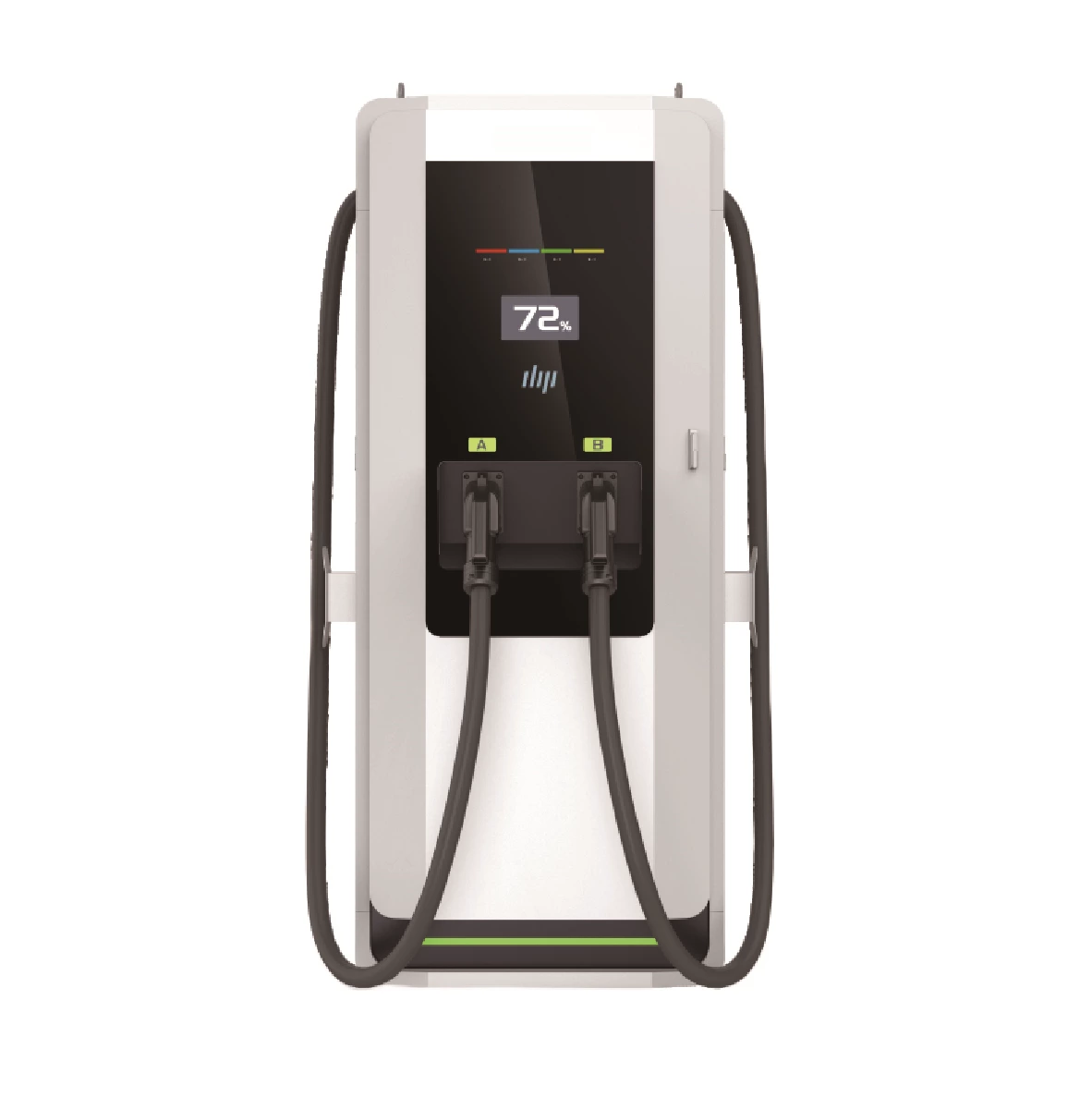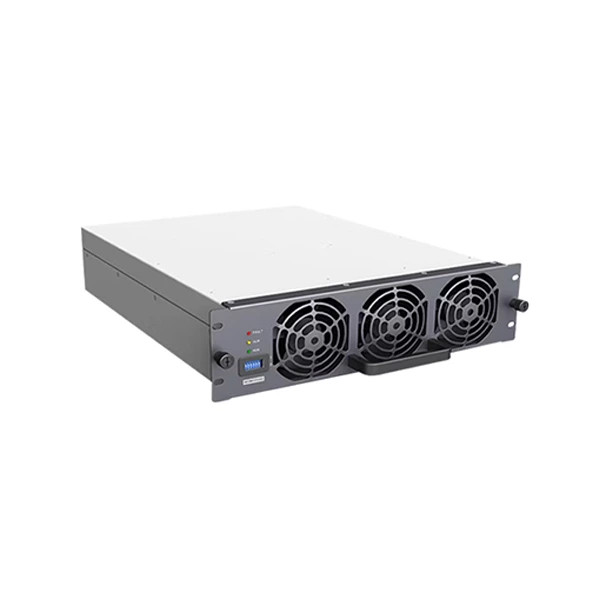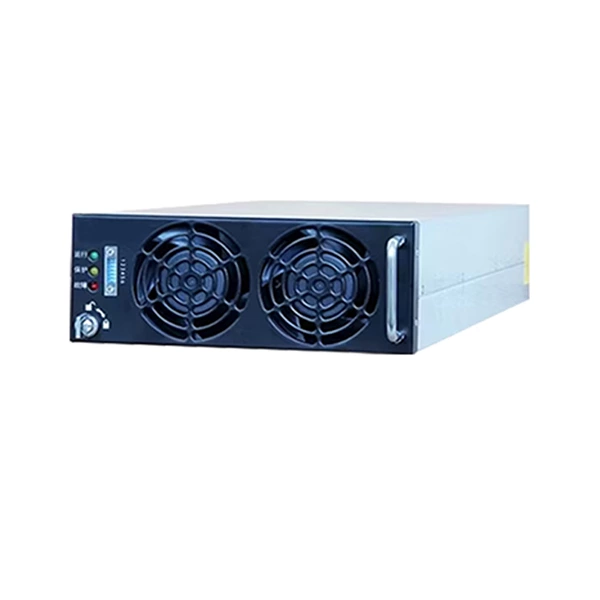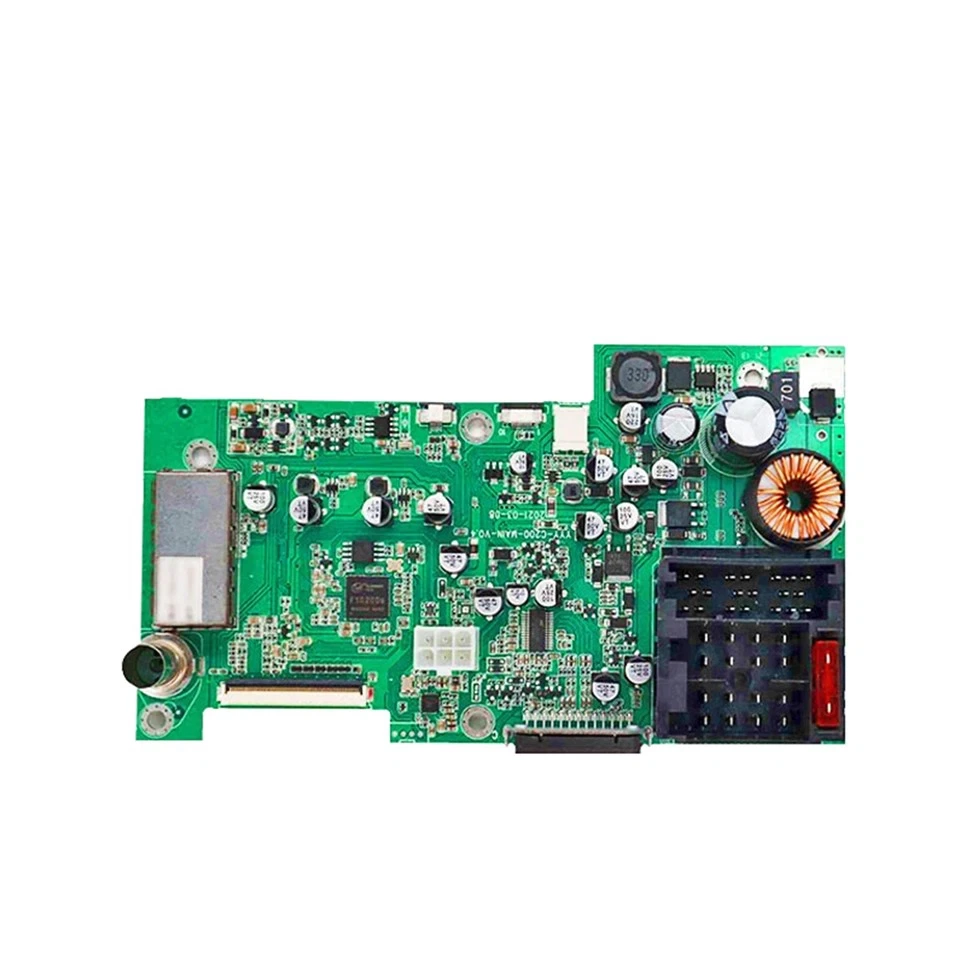Comprehensive Safety Guide for Charging Piles: From Usage Standards to Routine Maintenance
I. Basic Safety Standards for Charging Piles
1.Environmental Requirements
Waterproof Rating: Public charging piles must meet IP55 or higher standards (dustproof and splash-proof); home-use piles are recommended to meet IP54.
Temperature Range: Operating environment should be between -30°C and +50°C; automatic protection mechanisms activate in case of overtemperature.
Ventilation Conditions:Ensure ventilation systems are operational when charging in underground garages to prevent hydrogen accumulation (trace gases generated during battery charging).
2.Equipment Status Checks
Mandatory Pre-Charging Inspections:
No ablation marks on the charging gun head
No damage or hardening of the cable casing
Normal display on the pile’s screen
Handling of Abnormal Conditions: Immediately cease use and report for repair if smoke, burning odor, or abnormal noises are detected.
II. Standardized Operating Procedures
1.Charging Start-Up Steps
Connection Sequence: Turn off vehicle → Insert charging gun → Initiate charging program.
Disconnection Sequence: End charging via APP → Remove gun → Store cable neatly (do not remove gun while powered).
2.Special Scenario Operations
Charging in Rain: Ensure the gun head and interface are dry; prioritize using charging piles with canopies.
Low-Temperature Environments: Preheat the battery to above 0°C before charging (automatically performed by some models).
III. Analysis of Safety Protection Technologies
1.Electrical Protection Mechanisms
Leakage Protection: Power is cut off within 0.1 seconds when leakage current exceeds 30mA (GB/T 18487.1-2015).
Overload Protection: Power is disconnected if current exceeds the rated value by 10% for 2 consecutive minutes.
2.Physical Protection Designs
Flame-Retardant Materials: Enclosures must pass UL94 V-0 flame-retardant testing (no sustained combustion under 750°C flame).
Lightning Protection: Equipped with 8/20μs waveform lightning protection, with a surge current capacity of ≥20kA.
IV. Routine Maintenance and Hazard Prevention
1.User Self-Inspection Checklist
Maintenance Item Frequency Operating Standards
Gun Head Cleaning Monthly Wipe metal contacts with alcohol-free wipes
Cable Condition Check Quarterly No stiffness or cracks upon bending
Firmware Upgrade Semi-Annually Complete OTA updates via manufacturer’s APP
2.Professional Inspection Requirements
Public Charging Piles: Must be inspected annually by CNAS-accredited institutions for insulation resistance (standard: >1MΩ).
Home-Use Charging Piles: Recommended to conduct grounding resistance tests every 2 years (standard: <4Ω).
V. Emergency Response Plans
1.Handling of Sudden Accidents
Smoking/Fire:
- Immediately press the emergency stop button
- Use dry powder fire extinguishers (water is prohibited)
- Evacuate to a safe distance (≥15 meters)
Electric Shock:
- Remove the victim with an insulating object before cutting off power
- Administer CPR
2.Fault Reporting Process
- Record the pile number, fault symptoms, and time
- Submit a work order via the operator’s APP (attach on-site photos/videos)
- Obtain the work order number and track the processing progress

VI. Safety Certification and Compliance Guidelines
1.Mandatory Certification Marks
Domestic Market: Must possess CCC certification (China Compulsory Certification).
Export Products: Must pass CE (European Union), UL (United States), or TÜV (Germany) certifications.
2.Technical Standard Indexes
National Standards:
- GB/T 34657.1-2017 Specification for Interoperability Testing of Electric Vehicle Conductive Charging
- GB 51348-2019 Electrical Design Standards for Civil Buildings (Charging Pile Installation Chapter)








